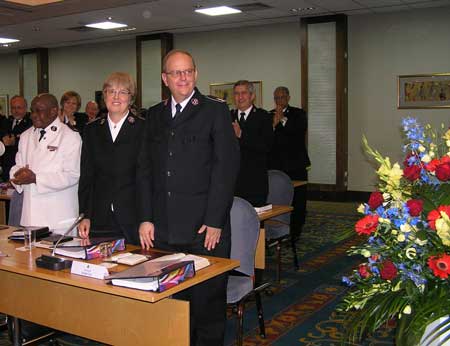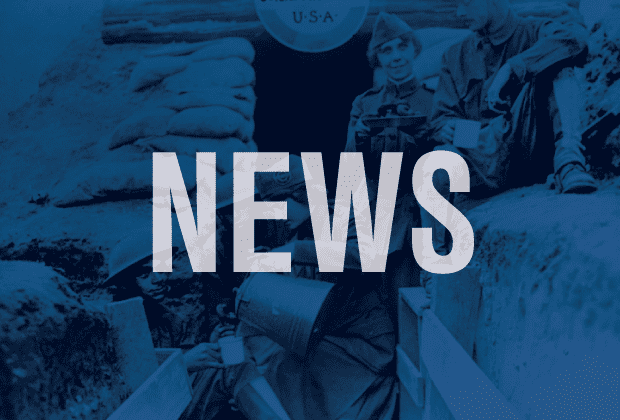sharperFocus
by Kelly Pontsler –
Resilience: Merriam-Webster’s Dictionary defines it as (1) the capability of a strained body to recover its size and shape after deformation caused especially by compressive stress, or (2) an ability to recover from or adjust easily to misfortune or change. It is that extraordinary human capacity that lets us bounce back after a catastrophe, to survive and thrive in the face of adversity. I’ve been home a week, but the sights and sounds and smells of Haiti remain fresh in my mind. They weave in and out of my daytime thoughts and my nighttime dreams, every memory a salute to human resilience!
Spending a month based in Port-au-Prince as part of The Salvation Army’s disaster response team was something I never expected to do. To be honest, as news of the earthquake’s destruction and the Army’s immediate response came through the communication lines, I had no intention of getting hands-on involved. I don’t have the credentials of formal disaster training on my service record. I would have been content to make a donation and leave the rest for others to do. But the Lord had a different plan! And so after just a week to pull together a long list of gear and supplies, get shots and cover my office tasks, I found myself on my way to Haiti.
While I don’t remember many details from my beginner first-aid courses, I have never forgotten the ABC rule of emergency medical response: Airway, Breathing, Circulation. The temptation for the untrained responder is to worry first about broken bones and bleeding—the most obvious signs of injury. But without a clear airway and the intake of air, none of the rest matters if the person is to survive and thrive.
I saw the point of that lesson played out daily in Haiti. In the hours and days immediately following the January 12th earthquake, every ounce of energy was thrown into figuring out who was still breathing. Food, water and medical care focused on survival. The team on the ground worked fast and furiously. Miraculously, The Salvation Army got supplies into the country and into distribution faster than just about any other international agency.
I landed in Haiti two weeks after the earthquake—the sense of shock still very much in the air and on the faces of the survivors. It’s estimated that 40 percent of the buildings in Port-au-Prince were flattened in the space of just 37 seconds of shaking. Those who escaped the initial crush remained too afraid to go inside, instead gathering in unplanned camps in the open spaces around the city. Commerce ground to a halt. The city was at a standstill; the life drained out of it. Or so it seemed.
What a difference a month can make! In the course of even a few short weeks, color has begun to return to life in Haiti. The grand marketplace is full of fruits and vegetables, shop stalls big and small again line the streets, and the rubble is starting to be cleared. The dust has begun to settle and the residents of the city are catching a second wind. Having survived the manic panic of those early days, people are now looking ahead.
The road to stabilization and reconstruction will be a long one! Several million people across the country have been displaced as a result of the earthquake and the continuing aftershocks. Schools have closed and many may never reopen. Hundreds of thousands of jobs have been lost as major businesses crumpled like the buildings they used. The rainy season is coming in a matter of weeks, which will only add to the murky mess for those living in camps or on the street. Hygiene and sanitation are major concerns as Haiti’s population faces the increasing risk of epidemic.
There are no quick and easy solutions. It will take time, resources, and a focused partnership effort of the international community and the Haitian people. But as Alex, one of our drivers, told me: “With God’s help, we will keep moving forward!” And so I believe it can be done!
May God bless the nation and the people of Haiti with strength, and grace, and wisdom for the road ahead!













